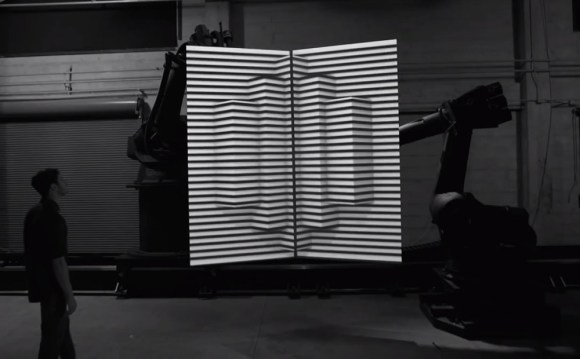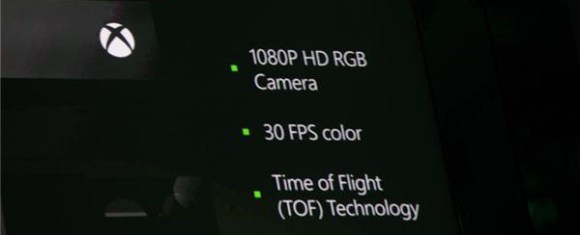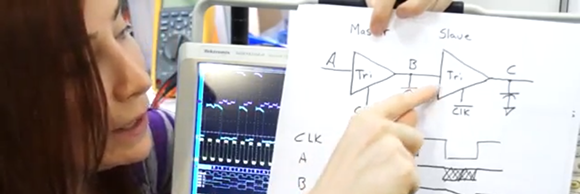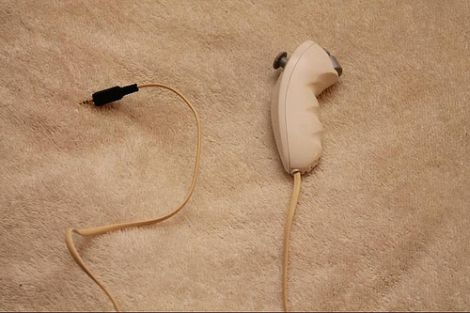
 Welcome to Droning On, Hackaday’s new column covering all things unmanned. In this column we will primarily focus on aerial vehicles, both fixed and rotary wing. Expect to see traditional R/C, as well as First Person View (FPV) models, computer controlled autopilot systems, as well as anything new that shows up on our radar.
Welcome to Droning On, Hackaday’s new column covering all things unmanned. In this column we will primarily focus on aerial vehicles, both fixed and rotary wing. Expect to see traditional R/C, as well as First Person View (FPV) models, computer controlled autopilot systems, as well as anything new that shows up on our radar.
First, a little bit of history. The earliest radio control vehicle in history was designed by a man known well to Hackaday, Nikola Tesla. Tesla presented a radio controlled boat at an electrical exhibition in New York in 1898. Tesla called the system “Teleautomaton” and said the craft utilized a borrowed mind. In addition to cruising around a man made pond, the boat could solve equations by blinking lights atop two of its masts. Tesla would encourage viewers to call out math equations, then flash the lights from the boat’s control panel.
For many years R/C as well as its cousins Free Flight and control line were hobbies occupied solely by hackers. One needed to have metal machining skills to build engine parts, draftsman skills to read plans, and carpentry skills to build airframes. Radios were built from tubes. Control, if it may be called such, was all or nothing – so-called “bang-bang” systems. Much like their model railroad compatriots, R/C plane modelers built with the parts they had on hand. Several early DIY R/C planes were controlled by rotary telephone dials. Dial 1 to pull up, 2 to turn left, etc. Control surfaces were moved by rubber powered escapements rather than the servos we’ve come to know and love. Aerodynamics also came into play. With such rudimentary control systems, planes were designed to be inherently stable. Thankfully there were numerous proven air frame designs available from the free flight arena. Slow flight, high dihedral, and docile stall behavior were the rule of the day. Early R/C planes could be thought of as free flight vehicles with occasional suggestions via radio control. Click past the break to find out more about drone history, and to read about the recent FAA judgement.
























